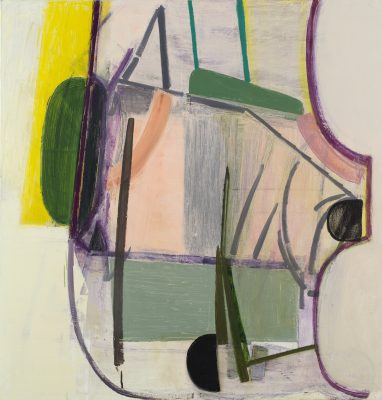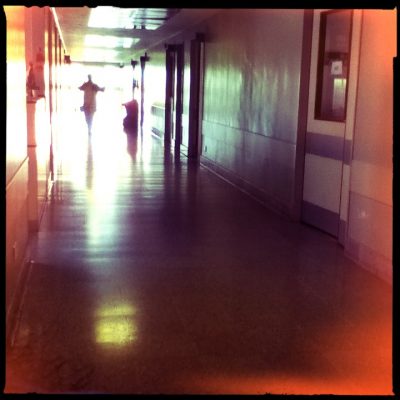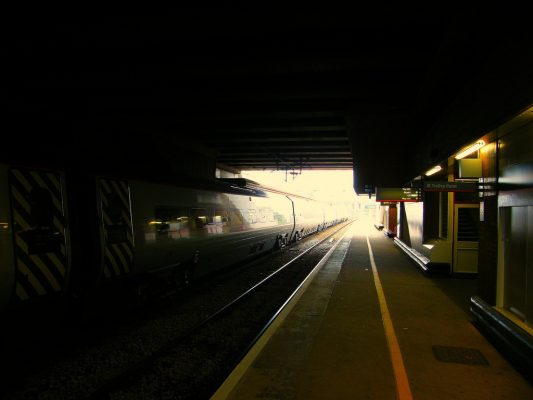Instructions: Take the high modernist and early postmodernist experimentalism of Argentines Jorge Luis Borges and Adolfo Bioy Casares. Move it forward two generations and bring it a few thousand miles north to Central America. Mix in equal parts Patricia Highsmith, Flannery O’Connor, and Lydia Davis. Add a splash of Wittgenstein. Let it set in Morocco.
What you will have is something resembling the Guatemalan novelist Rodrigo Rey Rosa. His difficult-to-categorise fictions move to the rhythms of noir, but the quandaries he attempts to resolve go far beyond the whodunnit. What is left to a man after his language has been removed? How does abduction and forced amputation resolve itself in the years that follow those weeks of crisis? What does one make from an owl with a broken wing?
These are some of the questions at the heart of the gem-like, intricate constructs that Rey Rosa builds from his super-clean, exacting prose. Over email I corresponded with him about his major influences, the impact Guatemala’s decades of violence left on his psyche, his travels and formation as a writer, and his impressions of his great peer and admirer, Roberto Bolaño. Rey Rosa proved to be consistently genial and prompt, and he remains very much a world traveller, visiting Belize and New York City among other destinations during the course of our conversation.
— S. E.




